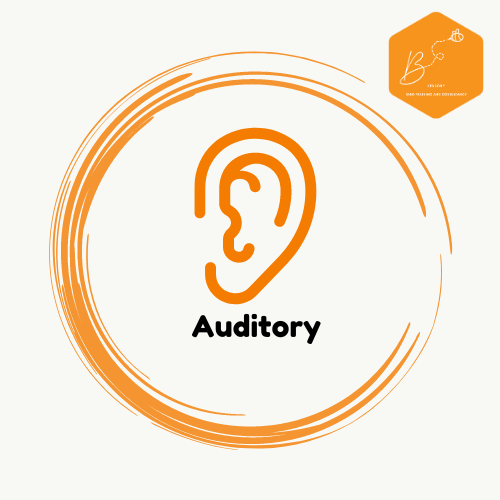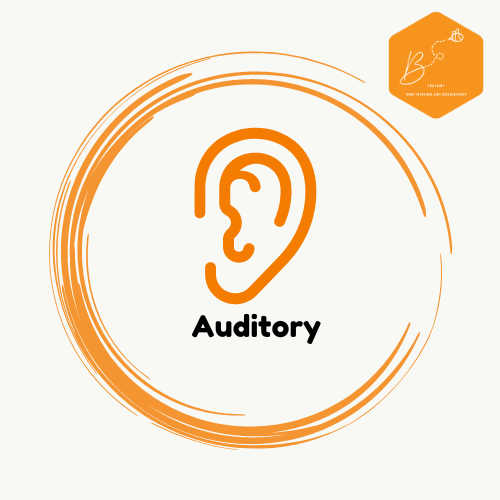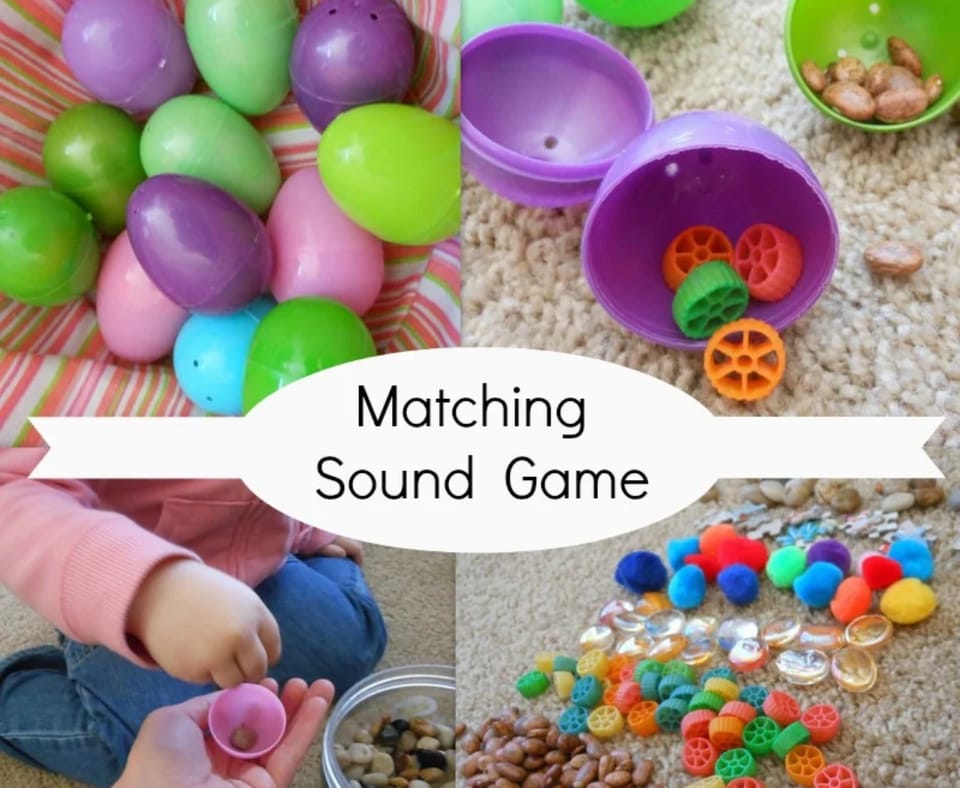Auditory Processing Environmental Adjustments

Creating an auditory sensory-friendly classroom involves designing an environment that accommodates the diverse auditory needs of students while promoting a supportive and inclusive learning space. Here are some strategies to create an auditory sensory-friendly classroom:
- Reduce Noise Levels: Minimise unnecessary background noise in the classroom to create a quieter environment that is conducive to learning. Consider using sound-absorbing materials such as carpets, curtains, or acoustic panels to dampen sound and reduce reverberation.
- Provide Quiet Areas: Designate quiet areas or sensory corners where students can retreat to when they need a break from auditory stimulation. Ensure that these spaces are equipped with comfortable seating and calming sensory tools to help students regulate their auditory input.
- Use Visual Supports: Incorporate visual supports such as visual schedules, visual instructions, and visual aids to supplement auditory information. Visual cues can help students better understand and process auditory information, especially for students with auditory processing difficulties.
- Use Clear and Concise Language: Use clear and concise language when giving instructions or communicating with students. Break down complex information into smaller chunks and provide visual reinforcement whenever possible to enhance comprehension.
- Provide Headphones with music or sound of choice (Not noise cancelling headphones): Noise-canceling headphones or ear defenders for students who are sensitive to auditory stimuli, should not be encouraged. These are detrimental to the auditory processing and should only be used in sensory crisis. For more information on the NHS Guidelines on the use of eardefenders- please see the post "Ear Defenders Advice". Instead the use of headphones with sound allow people filter out background noise and focus on tasks without being overwhelmed by auditory distractions, but still having some auditory input.
- Implement Sound-Masking Devices: Use sound-masking devices such as white noise machines or calming music to create a consistent background noise that can help mask distracting sounds and promote a more comfortable auditory environment.
- Flexible Seating Arrangements: Provide flexible seating options that allow students to choose a seating arrangement that best suits their auditory needs. Offer seating choices such as bean bags, floor cushions, or wobble stools that allow students to adjust their position for optimal comfort and concentration.
- Use Classroom Management Strategies: Implement classroom management strategies to minimise disruptive noise and promote respectful listening behavior. Set clear expectations for noise levels and provide positive reinforcement for students who demonstrate good listening skills.
- Encourage Active Listening: Encourage active listening skills by incorporating interactive and engaging activities that require students to listen attentively and respond thoughtfully. Use auditory cues such as chimes or bells to signal transitions between activities and capture students' attention.
- Collaborate with Parents and Specialists: Work closely with parents, caregivers, and specialists such as speech-language pathologists or audiologists to identify students' auditory needs and develop individualized strategies and accommodations. Collaborate with these professionals to ensure consistency and continuity of support across home and school environments.
Creating an auditory sensory-friendly classroom involves creating a supportive and inclusive environment that respects students' auditory needs and promotes optimal learning and participation for all students. By implementing these strategies and fostering a culture of empathy and understanding, you can create a classroom where every student feels comfortable and valued.
Shopping List
ÖVNING desk divider with compartments - IKEA
ÖVNING desk divider with compartments Transform the kitchen table into a productive workspace or turn the living room into a place for deep concentration. This desk divider creates privacy, is easy to fold up and simple to move.

Standard School Office Screen 1400mm High - Classroom Partitions | Early Learning Furniture
Office screens for school office furniture. Can also be used a classroom partitions and room dividers in schools, nurseries and pre-schools. Free delivery

Yogasleep Dreamcenter white noise machine for a better sleep
The Yogasleep Dreamcenter white noise machine is a device that emits sounds continuously to help you to get to sleep easily. 26 available sounds







